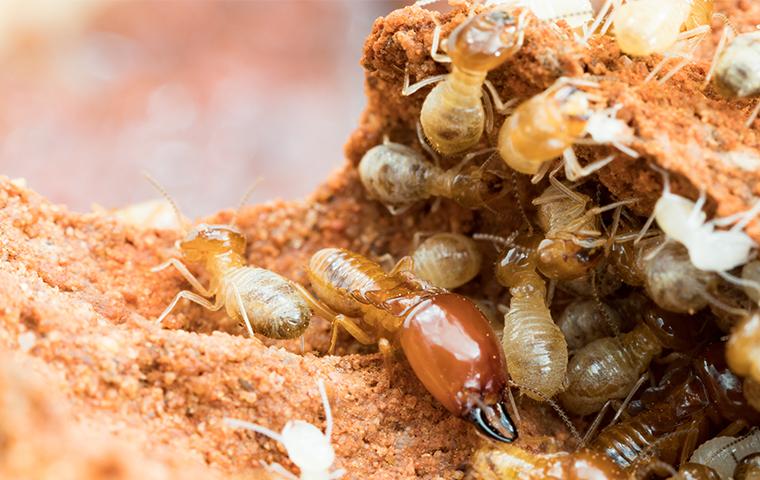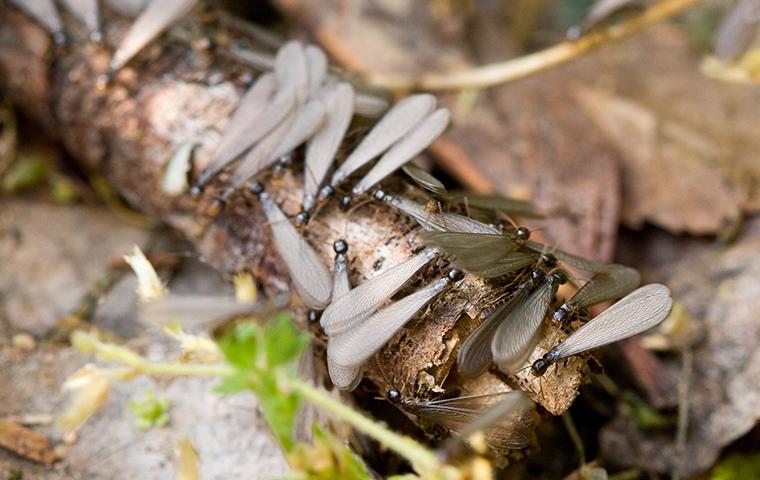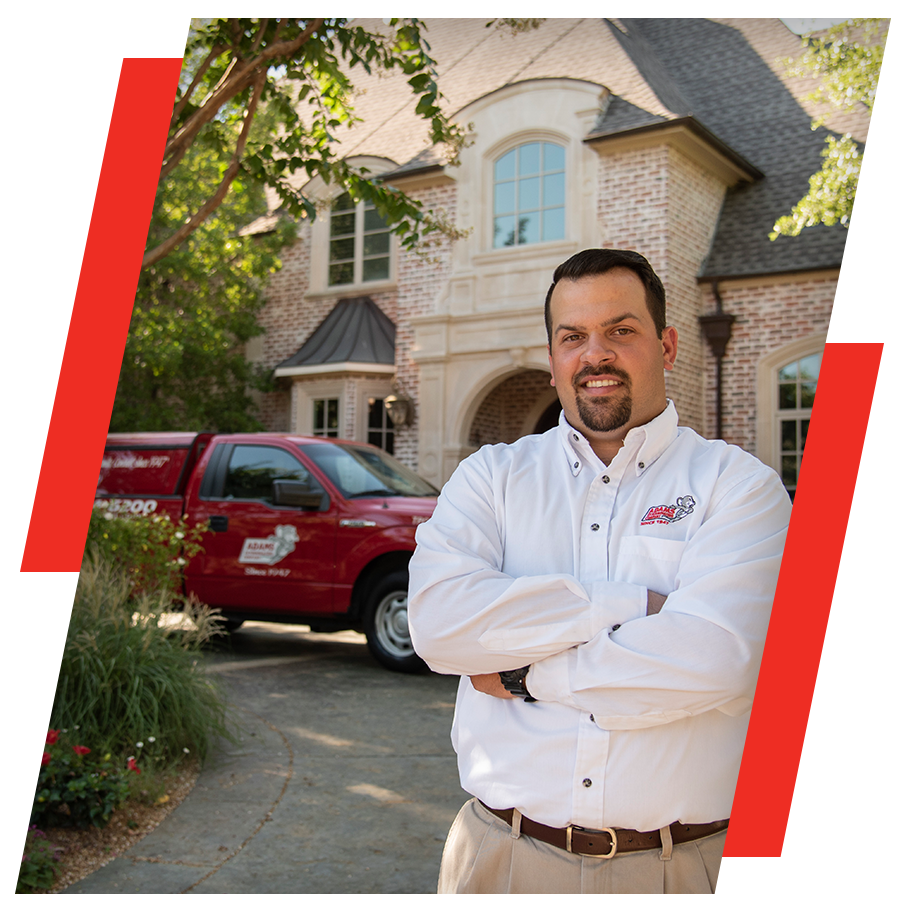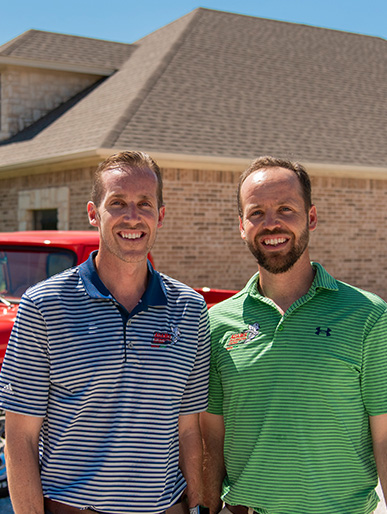
Termites
Brief Overview of Termites
Living in large colonies below the soil, subterranean termites are a serious threat to structures. Why? The answer is simple, because they eat them or rather they feed on the wood that makes the structure. In North Texas, this type of termites actively eats wood 24/7/365, making them a very problematic pest for property owners.



What Do Termites Look Like?
Every subterranean termite colony has a caste system. The different castes are workers, soldiers, and reproductives. Each group has a unique appearance but the ones property owners see the most are workers, or when termites are swarming, reproductives.
Workers - These termites make up the largest part of a colony. They have soft creamy white bodies and are wingless. They are also blind.
Soldiers - Very similar in appearance to workers, soldiers have elongated yellow heads and large, strong jaws, and short legs. They are a bit bigger than the workers.
Reproductives - The reproductive members of the colony are the largest in size. They are dark brown in color and have wings. Their wings allow them to leave an existing colony to find a mate and start a new colony nearby. Also called termite swarmers, the reproductive members are often mistaken for winged carpenter ants. Visit our carpenter ant identification page for a comparison of these two wood-destroying pests.
Are Termites Dangerous?
Termites do not sting or bite and are not a health threat to people or pets, but they are very dangerous to structures and products made from wood. Since their food source is cellulose which is contained in wood, termites will feed on wood. Though they prefer rotting or dead wood, these wood-destroying insects will move on to sound wood if the opportunity arises. The result is significant damage. In fact, termites are responsible for millions of dollars worth of damage to properties all across the country each year.
Why Do I Have a Termite Problem?
Termites are attracted to moist soil and to wood that has been damaged by water. Termites feed on cellulose from wood, leaf litter, soil, and excrement; properties that have large amounts of organic debris and large amounts of moist soil can attract termites. Also, termites are attracted to properties that have moisture issues; leaky pipes, fixtures, and clogged gutters can allow water to seep inside and damage the structural wood found inside.
How Do I Get Rid of Termites?
If you’ve witnessed a termite swarm inside your home or on your property or if you have discovered termite mud tubes (see image above) on your foundation or identified the signs of termite damage, contact Adams Exterminating of North Texas right away. A professional solution is required if you want to get rid of the foraging termites and the entire colony. Our North Texas termite control pros have the knowledge and tools to get rid of termites and to make sure they don’t re-establish elsewhere on your property. Learn more about the Sentricon® System and our termite control services in Dallas-Fort Worth. We also encourage homeowners to review the programs below to find out how you can protect your home against termites AND other pests all year long.
Helpful Termite Articles
- Where Do Termites Come From?
- How To Tell If Your Home Has Termites
- Why Every Lewisville Home Needs Termite Protection
- What You Can Do To Reduce Risk Of Termite Infestation
- Where Termite Damage Occurs Most Often In Lewisville Homes
- Why Year-Round Termite Control Is Essential In Texas
- How To Tell If Your Frisco Property Has A Termite Problem
- Collin County’s Complete Guide To Effective Termite Control
- Why Is It So Hard To Deal With Termites In Aubrey?
- Termites In North Texas Can Be Hard To Tackle Alone


